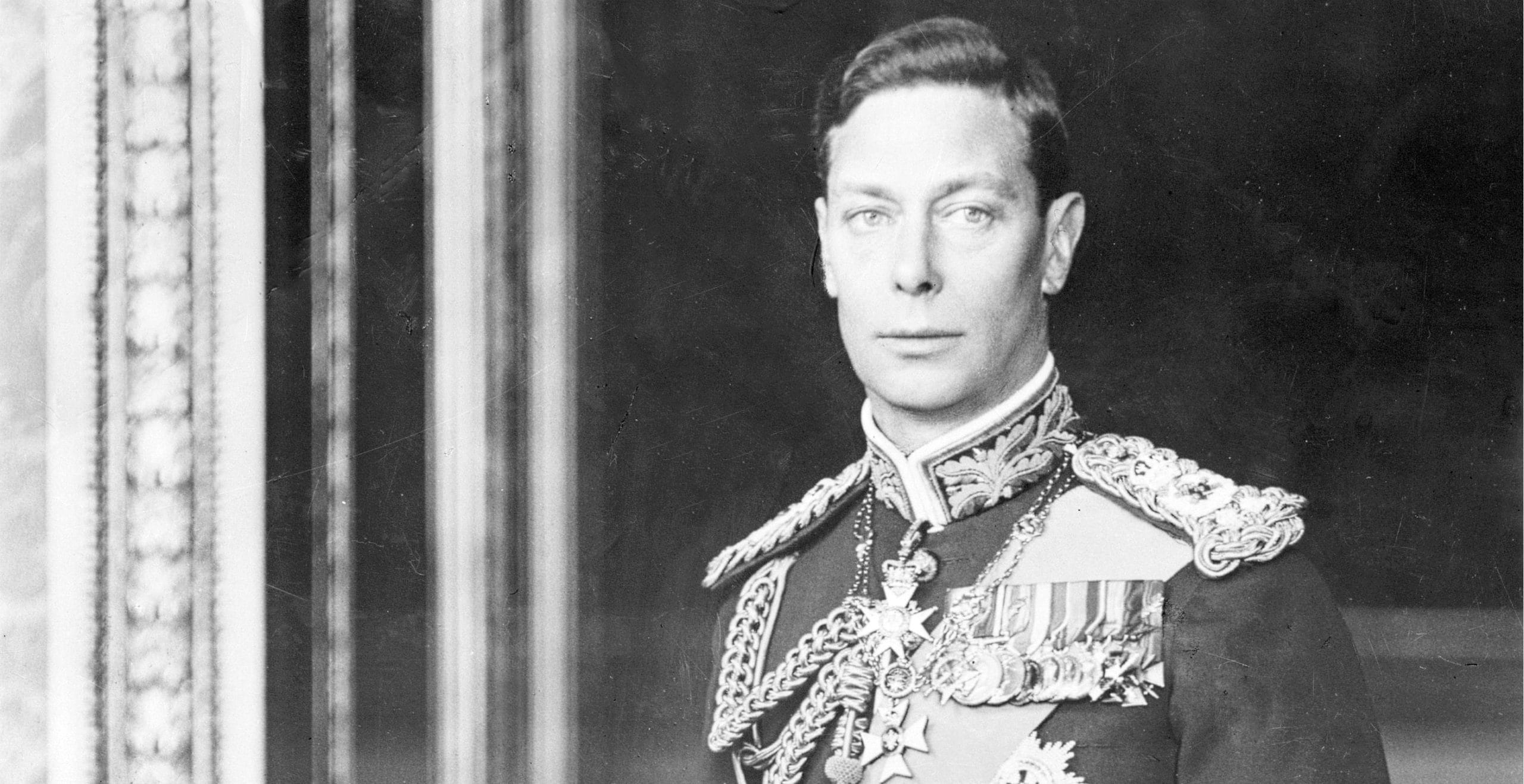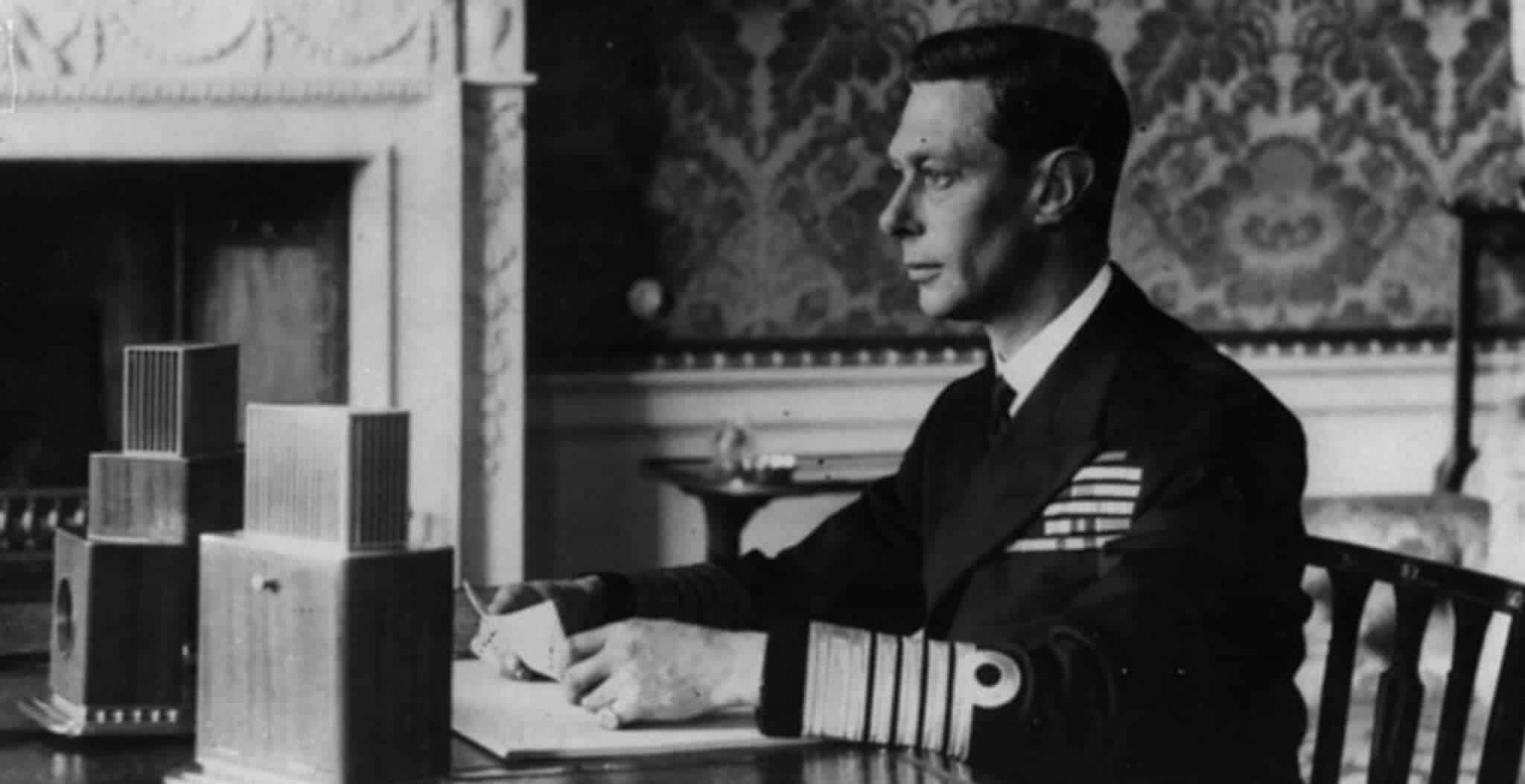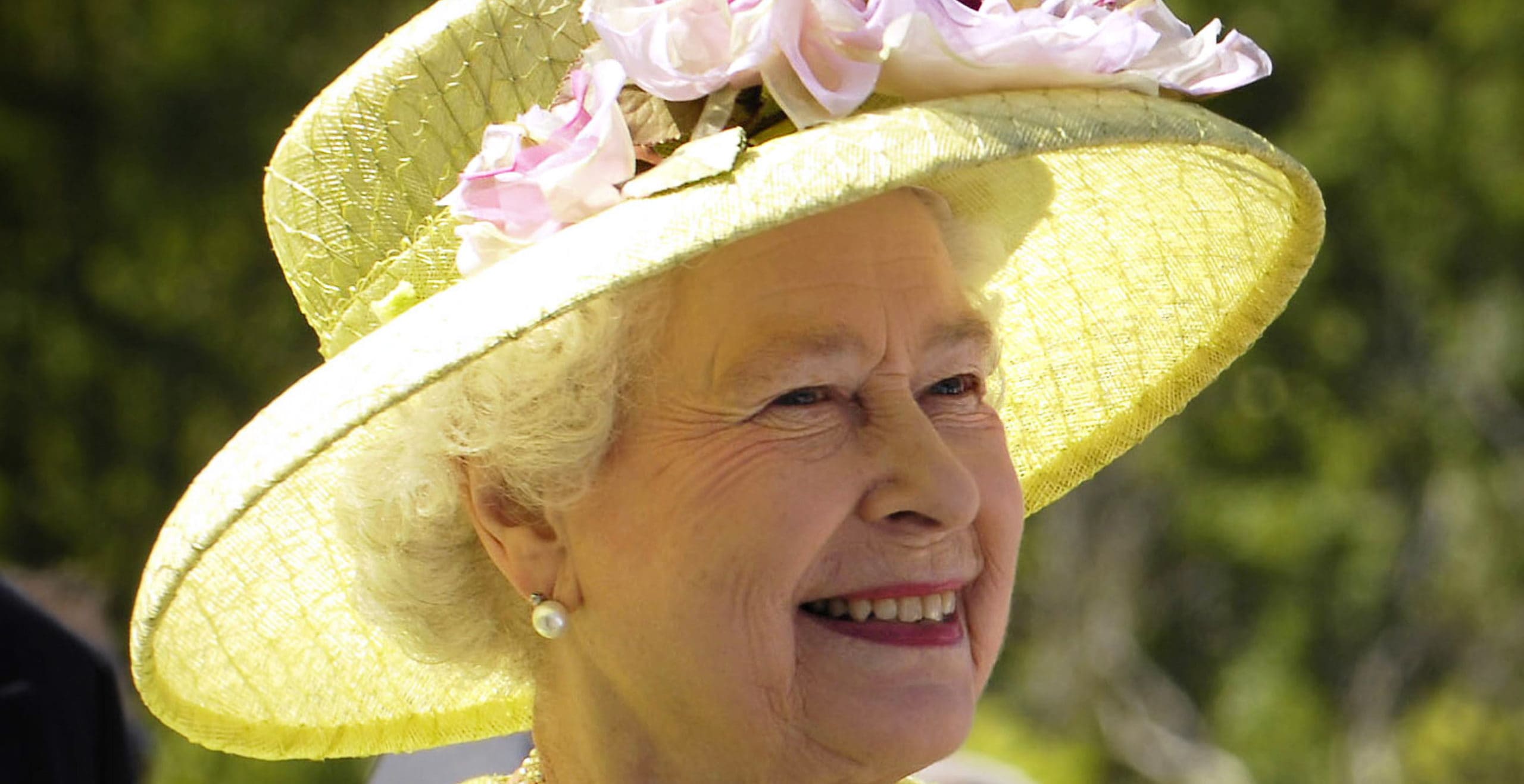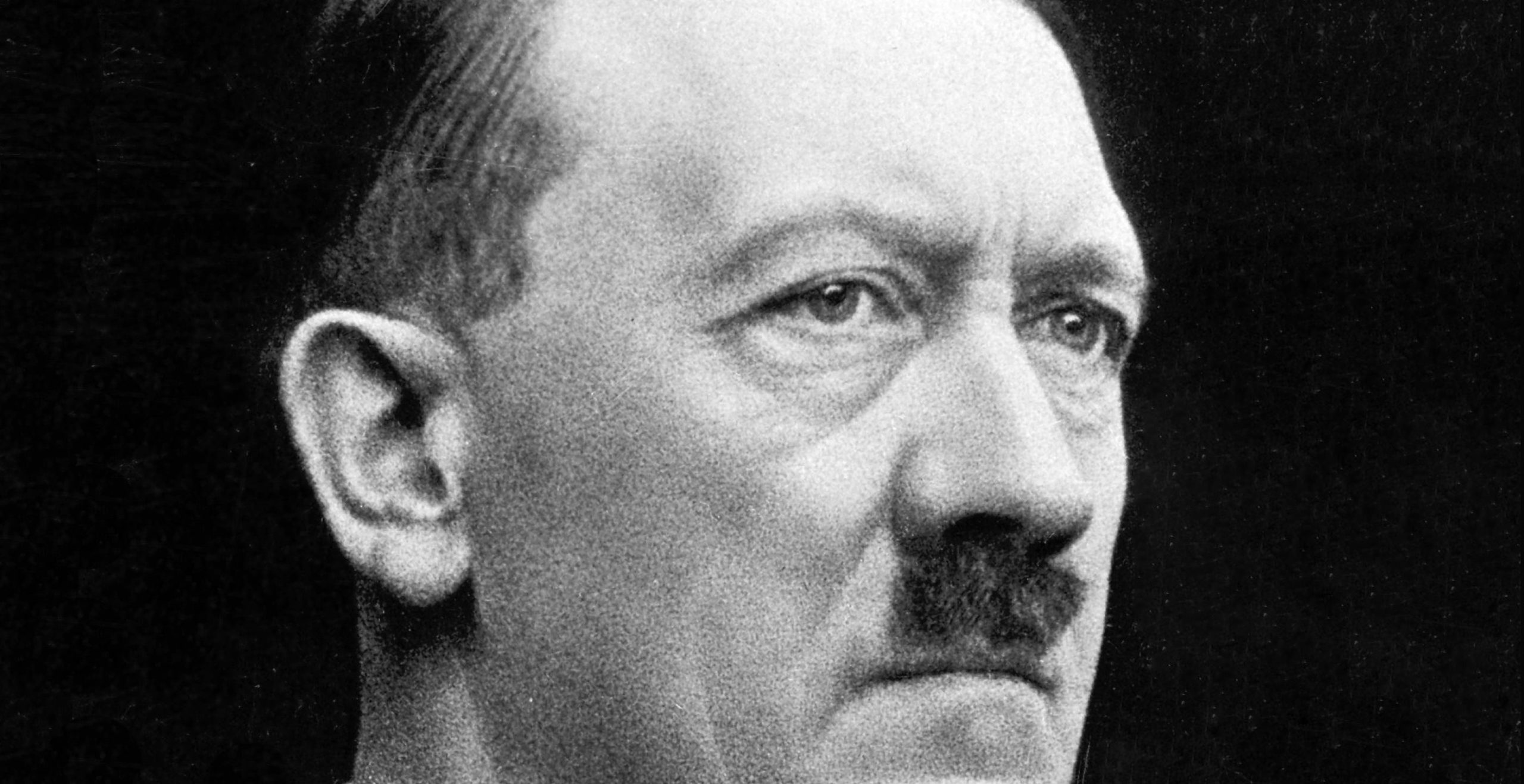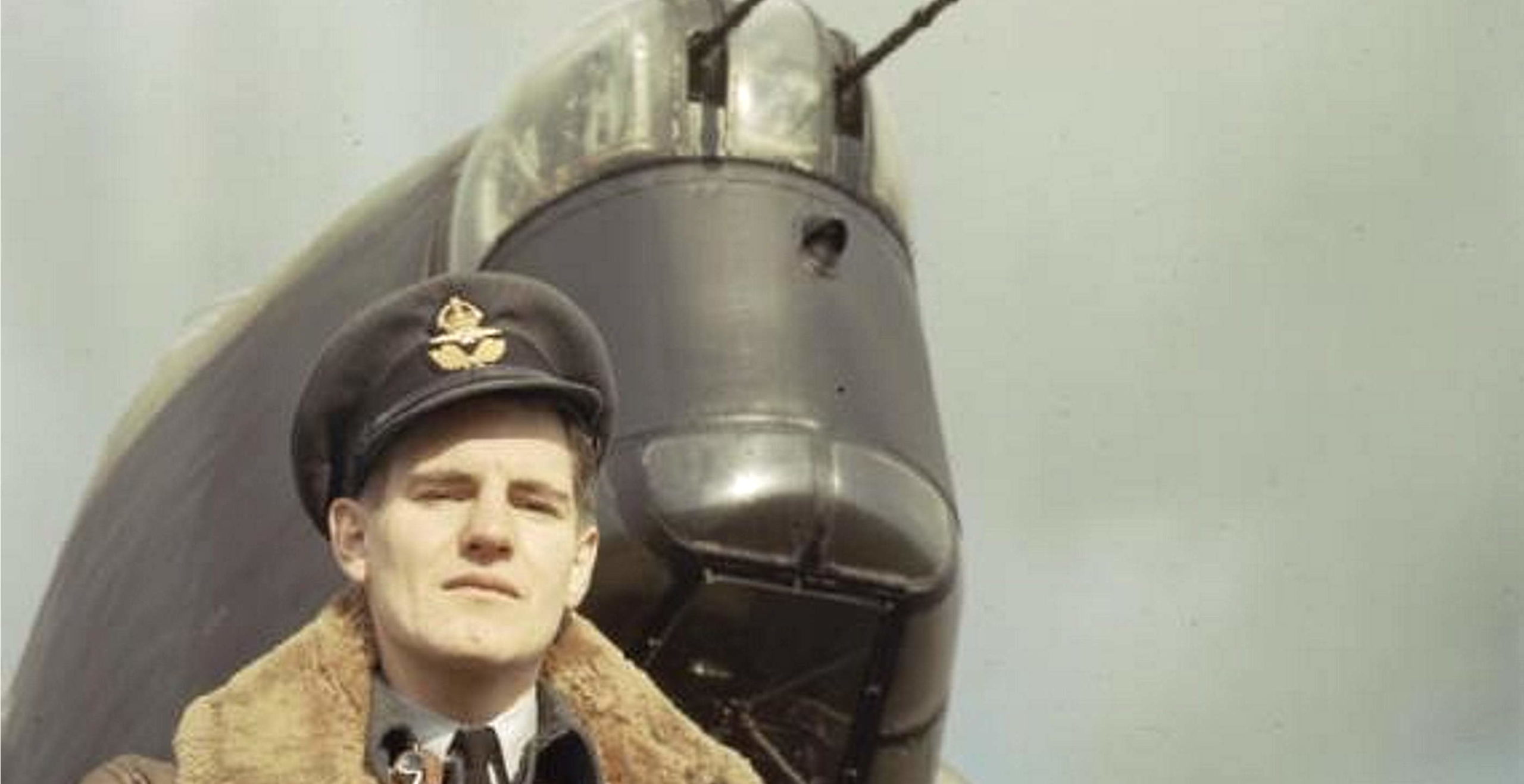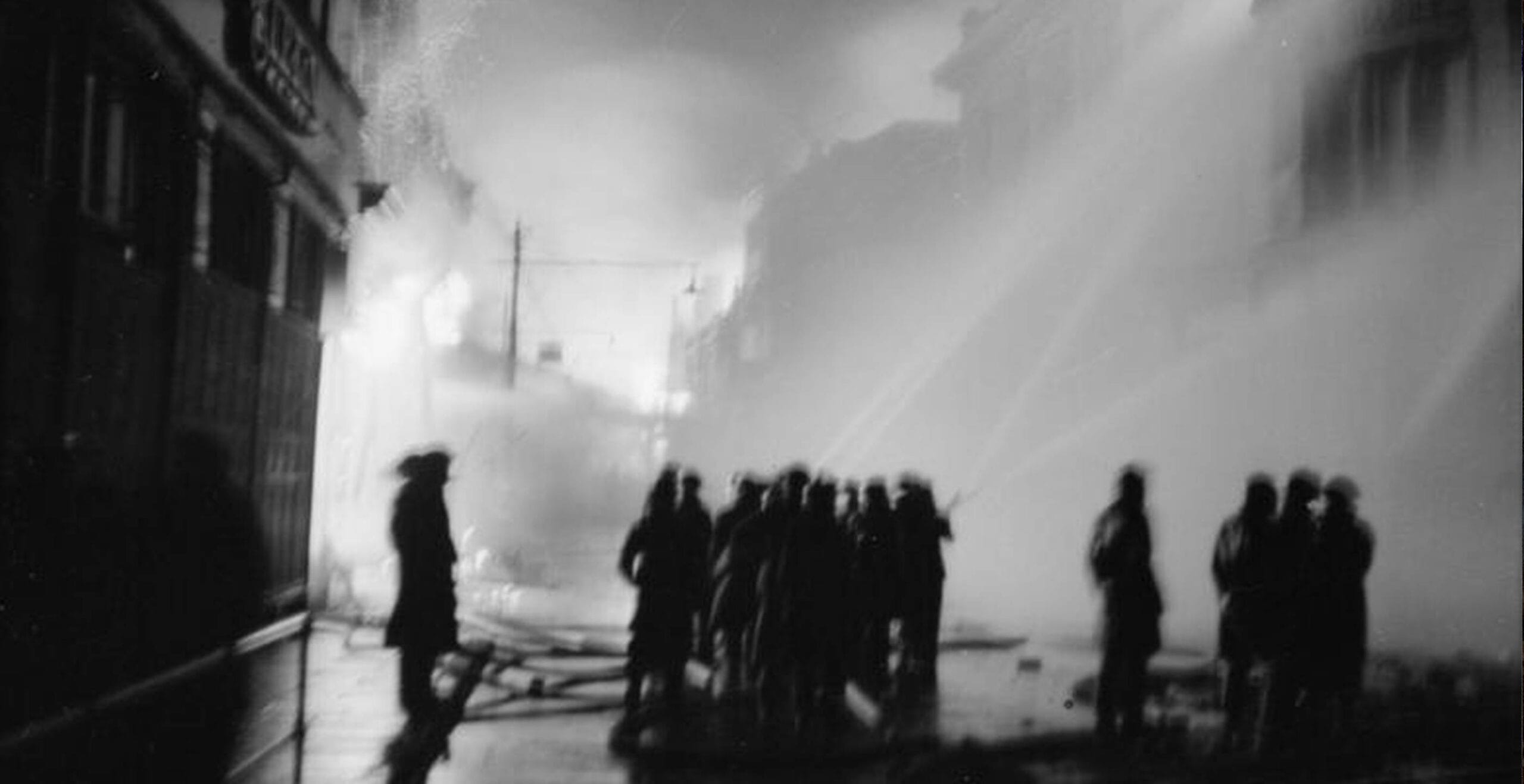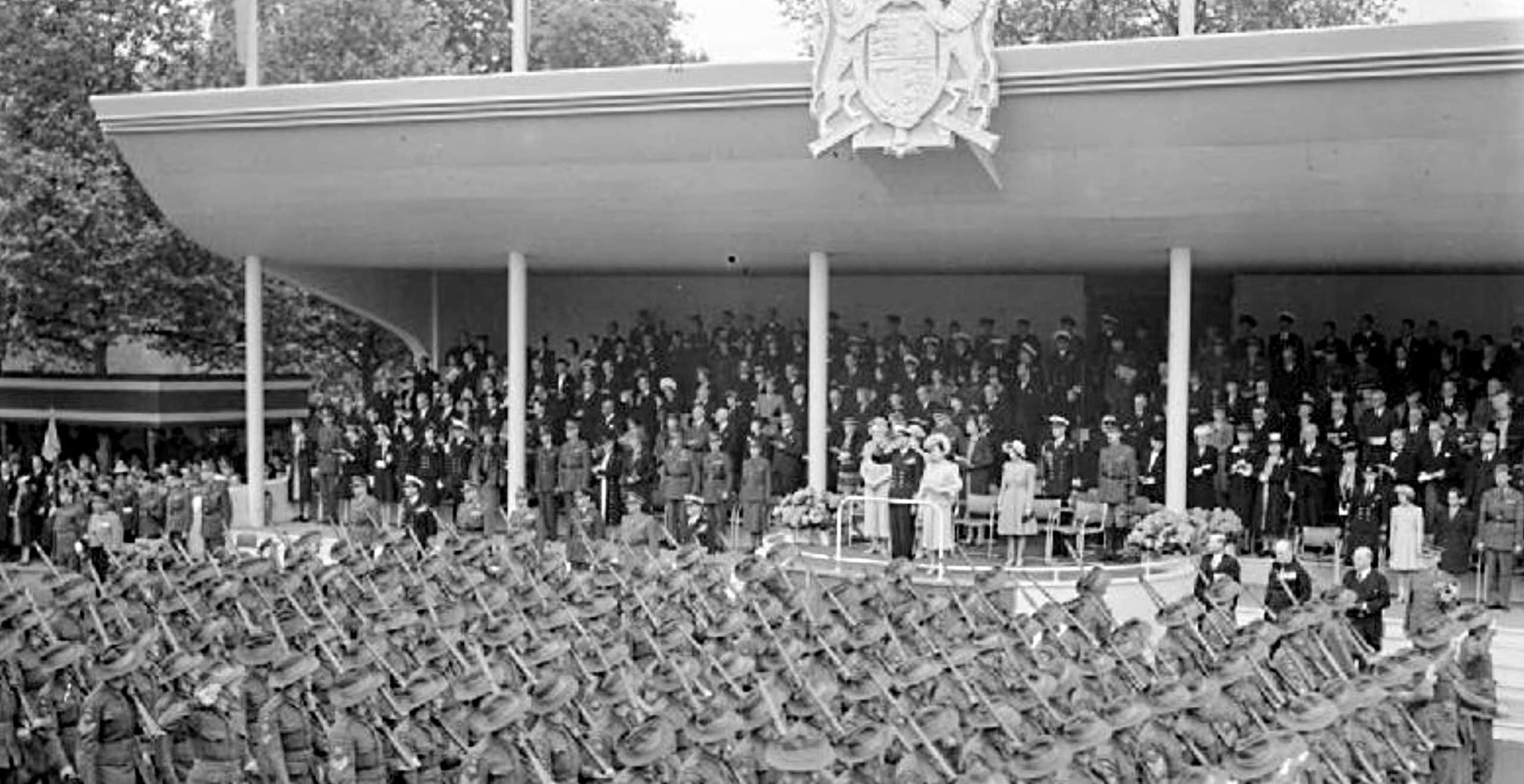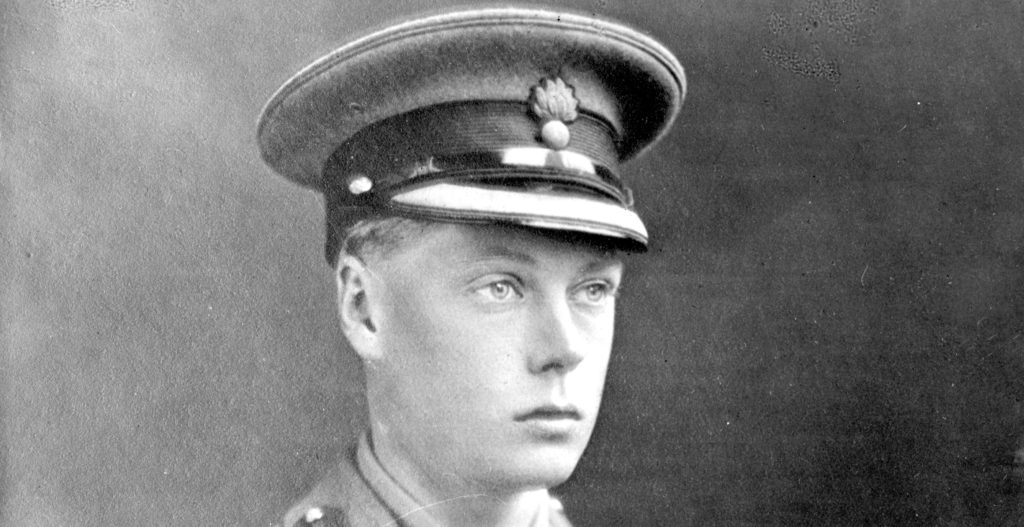Forced to step up and meet his royal responsibilities and fulfil the sense of duty his brother lacked, George VI saw the nation through some difficult times and witnessed the changing landscape in Britain’s imperial fortunes and pre-eminence on the global stage.
Born on 14th December 1895, he succeeded to the throne after the shock abdication of his brother Edward VIII who chose Wallis Simpson over his hereditary right to be king.
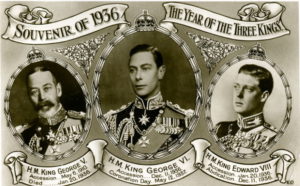
George would subsequently be crowned at Westminster Abbey in May 1937, a reluctant king who was crowned on the day that his brother was supposed to have become king.
Having never expected to fulfil the role, his early life and character did not bode well as he was plagued by a stammer which severely hampered the task of public speaking.
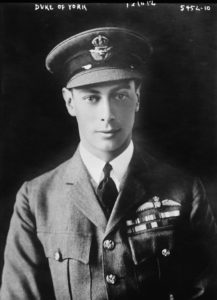
As a teenager, he served in the Royal Navy and actively participated in the First World War, joining HMS Collingwood and taking part in the Battle of Jutland, earning him a mention in dispatches. After his time in the Navy, he later would join the Royal Air Force and became a qualified pilot in 1919.
At the end of the First World War, as Duke of York he began to carry out public duties, concentrating his efforts mainly on industrial matters, visiting factories and becoming president of the Industrial Welfare Society.
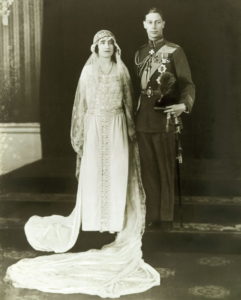
Meanwhile, in his private life, in 1923 he married Lady Elizabeth Bowes-Lyon, the daughter of the Earl of Strathmore. The marriage would prove most successful, producing two daughters, Elizabeth and Margaret, the eldest of which would become the current reigning monarch.
Elizabeth supported her husband in all his monarchical duties, as well as providing moral support in his efforts to overcome his stammer. The family unit proved united and strong, giving stability in the eyes of the general public as well as to the king himself, with George referring to the family as “we four”.
Whilst he gladly would have settled for a life of domestic bliss away from the spotlight, unfortunately as a direct result of his brother’s actions it was not meant to be. Instead, after his brother shunned his royal duty in favour of a life of leisure with his American divorcee Wallis Simpson, George was forced to rise to the occasion despite his misgivings about fulfilling such a role.
With very little time to prepare and his natural demeanour not lending itself to the aspects of kingship, he was noticeably and unexpectedly worried at the prospect of becoming king.
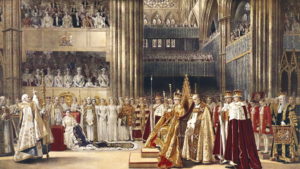
Upon his coronation in 1937 and with the assumption of the name George VI, rather than his first name Albert, he hoped to instil a sense of continuity with his father’s reign, not allowing his brother to tarnish the royal house. In doing so, he also found it necessary to sever links with his brother in order to achieve that smooth transition to power which had been so precariously managed by Edward.
With an uncharacteristic firmness George VI achieved this transition and just in time as Britain was heading for global conflict.
By 1937 and with Neville Chamberlain in charge, a policy of appeasement was initiated with the support of the king. Unfortunately, as Hitler was on the ascent, such a policy failed to deter the inevitability of war and by September 1939, the announcement was made by the government to the nation and its Empire, with the full support of George VI, that war had been declared.
The king and his family would play a critical role in the coming years; as figureheads of a nation and with a public image to maintain, morale-boosting exercises and unity were key. The royal family at this time managed to ingratiate themselves with the general public who were soon suffering the full effects of war with bombing and rationing.
George VI and his family won great admiration particularly at the height of the Blitz, when they refused to leave London, despite Buckingham Palace being hit, leading to a great surge in public sentiment.
Not only did they remain in the capital despite the obvious danger, but they also visited sites which had been affected by the war, none more so than the city of Coventry which had been all but obliterated.
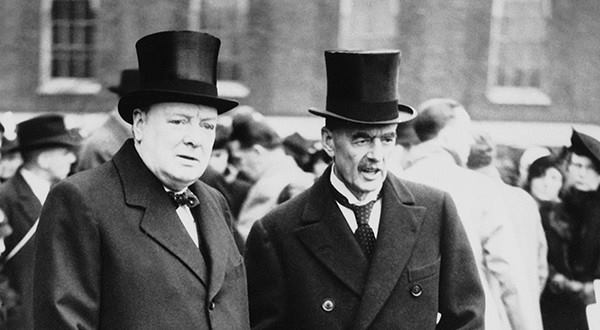
By 1940, political leadership had passed from Chamberlain to Winston Churchill. Despite the king’s misgivings and his preference for Lord Halifax, the two men developed a strong working relationship, meeting every Tuesday for almost five years.
As the war raged on, the king’s role remained as important as ever, with visits to a number of locations outside of Britain a vital morale-boosting mission for the men fighting for their country.
In 1943, the king met with General Montgomery in North Africa after the success at El Alamein.
With the war eventually drawing to a close, George made one final trip in 1944, days after the D-Day landings when he visited his troops in Normandy.
The elation at winning the war was echoed around the country and as the crowds of rejoicing men and women filled the streets, those around Buckingham Palace could be heard chanting, “We want the King! We want the King!”
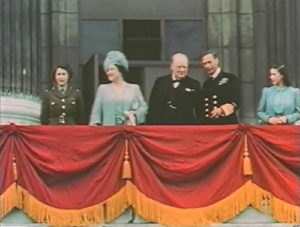
After the euphoria at the end of the Second World War, the rest of his reign began to show its strain on the king. After a visit to South Africa in 1947, the following year’s trip to Australia and New Zealand had to be cancelled adue to the king’s ill-health.
At this time the country was experiencing a difficult period of post-war transition, with austerity and a very different social and political landscape emerging on the horizon. It was during these years that the British Empire showed its most visible signs of decay with more and more nations gaining independence.
The world was experiencing great change, however King George VI had seen Britain and its Empire through one of the most tumultuous periods of conflict in the twentieth century. As new political and ideological scenarios emerged globally, the king’s health continued to deteriorate and in February 1952 George VI passed away in his sleep at the age of fifty-six.
The man who never thought he would be king, George VI had risen to the occasion, fulfilling a public duty which his brother had shunned and holding together the public image and morale of Britain during some of the most difficult times of the century
He was subsequently laid to rest in St George’s Chapel in Windsor, leaving the throne to his eldest daughter, now Queen Elizabeth II whose sense of responsibility and royal duty would echo that of her father.
Jessica Brain is a freelance writer specialising in history. Based in Kent and a lover of all things historical.
Published: June 25th, 2021.
